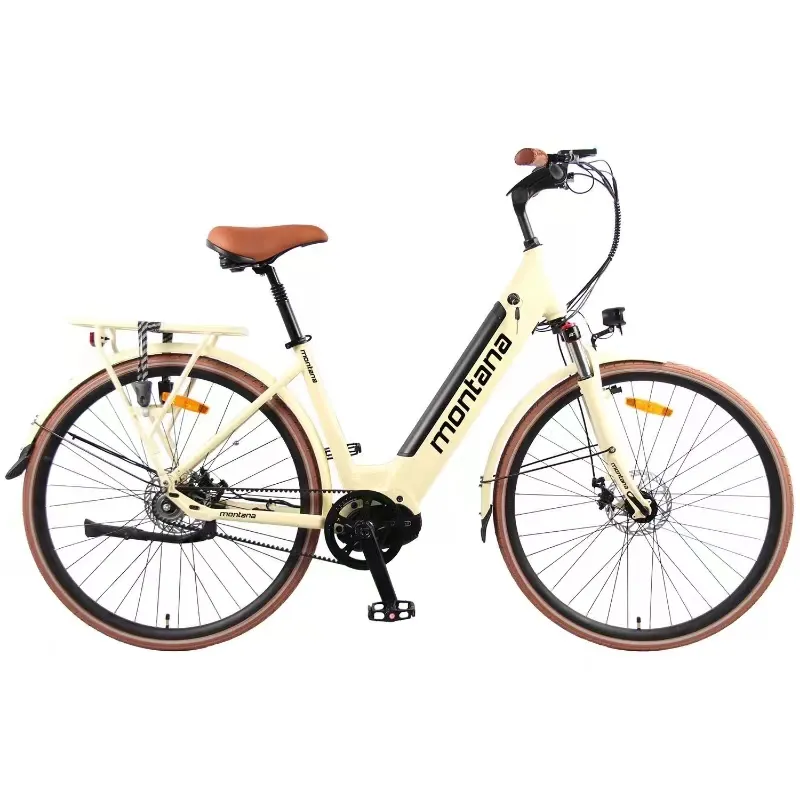11 月 . 01, 2024 06:55 Back to list
Steps to Properly Tune Your Mountain Bike Derailleur for Optimal Performance
How to Adjust a Mountain Bike Derailleur
Adjusting a mountain bike derailleur can significantly enhance your riding experience by ensuring smooth and precise gear shifts. Whether you’re facing difficulties shifting gears or experiencing chain skips, a properly adjusted derailleur can remedy these issues. This guide will help you understand the steps involved in adjusting your mountain bike derailleur, specifically the rear derailleur.
Tools You Will Need
Before you begin, make sure you have the necessary tools on hand - A Phillips screwdriver - A 5mm Allen wrench - A chain checker (optional) - Bike lubricant
Step 1 Inspect the Derailleur
Start by examining your derailleur for any visible damage. Look for signs of wear and tear, a bent hanger, or anything that might obstruct its movement. If you find any issues, consider replacing the damaged parts before attempting any adjustments.
Step 2 Set the Limit Screws
Your derailleur has limit screws (marked as H for high and L for low) that prevent the chain from derailing in either direction.
- High Limit Screw (H) This controls the derailleur's position when it's in the smallest cog. Shift to the smallest gear and use your 5mm Allen wrench to adjust the H screw. Ensure the chain is aligned perfectly with the smallest cog without the risk of overshooting. - Low Limit Screw (L) This screw sets the derailleur's position when in the largest cog. Shift to the largest gear and adjust the L screw to align the chain correctly with the largest cog.
how to adjust a mountain bike derailleur

Step 3 Adjust the Cable Tension
Next, you’ll want to adjust the cable tension. Shift through the gears to see how well they respond. If the derailleur struggles to shift up to a larger cog, the cable tension may be too loose. On the other hand, if it won’t shift down to a smaller cog, the tension may be too tight.
To adjust the tension - Use the barrel adjuster located on the derailleur or shifter. Turning it clockwise will increase tension, while turning it counterclockwise will decrease it. - Shift through the gears after each adjustment to see if the shifting improves.
Step 4 Check Alignment and B-Screw
The B-screw controls the distance between the upper pulley of the derailleur and the cassette. Proper spacing ensures that the chain can move smoothly.
- To adjust, shift into the largest cog and inspect the gap. The upper pulley should be around 5-6mm from the cogs. Adjust the B-screw as necessary. Step 5 Lubricate and Test Ride
After completing the adjustments, apply a small amount of bike lubricant to the chain to ensure smooth operation. Then, take the bike for a test ride to ensure that the gears shift smoothly under load. Make further adjustments if needed until you achieve optimal performance.
Conclusion
Regular maintenance and proper adjustments to your mountain bike derailleur can make a significant difference in your riding experience. By following these simple steps, you'll be able to enjoy smooth gear transitions and a more enjoyable ride overall. Always remember to inspect and maintain your bike regularly to keep it in top shape for all your mountain biking adventures!
-
The Main Application Scenarios of Mountain Bike
NewsOct.29,2024
-
Suggestions for Selecting and Maintaining Mountain Bike
NewsOct.29,2024
-
Characteristics of Kids Balance Bike
NewsOct.29,2024
-
Characteristics of Baby Stroller
NewsOct.29,2024
-
Characteristics and Advantages of Mountain Bike
NewsOct.29,2024
-
Baby Stroller Purchasing Suggestions
NewsOct.29,2024
-
Suggestions for Purchasing Kids Balance Bike
NewsOct.09,2024

